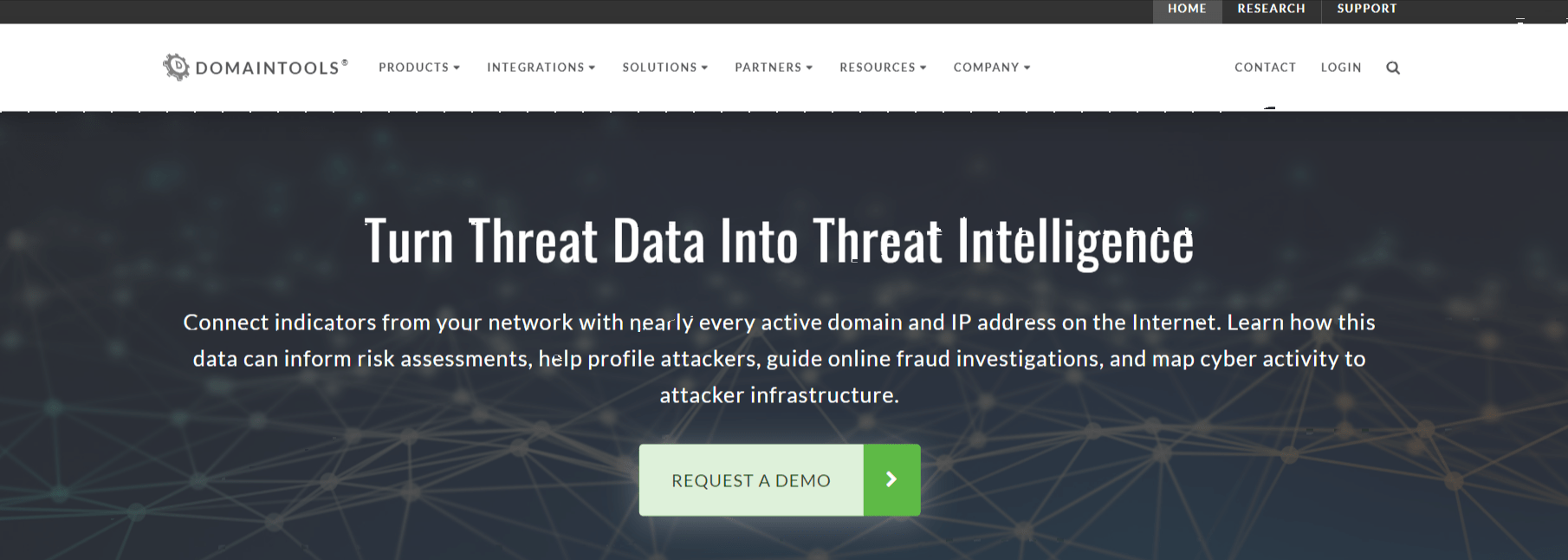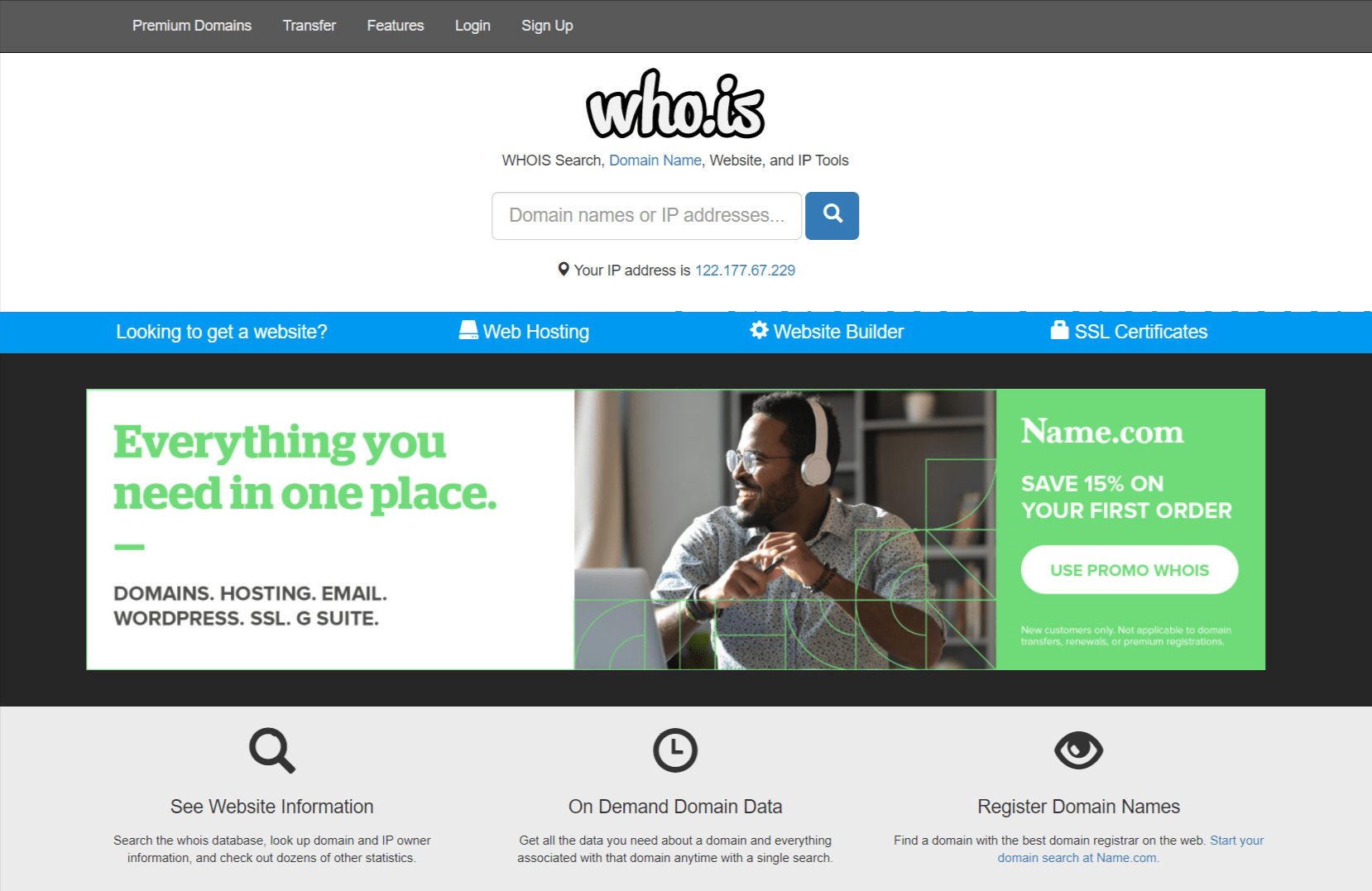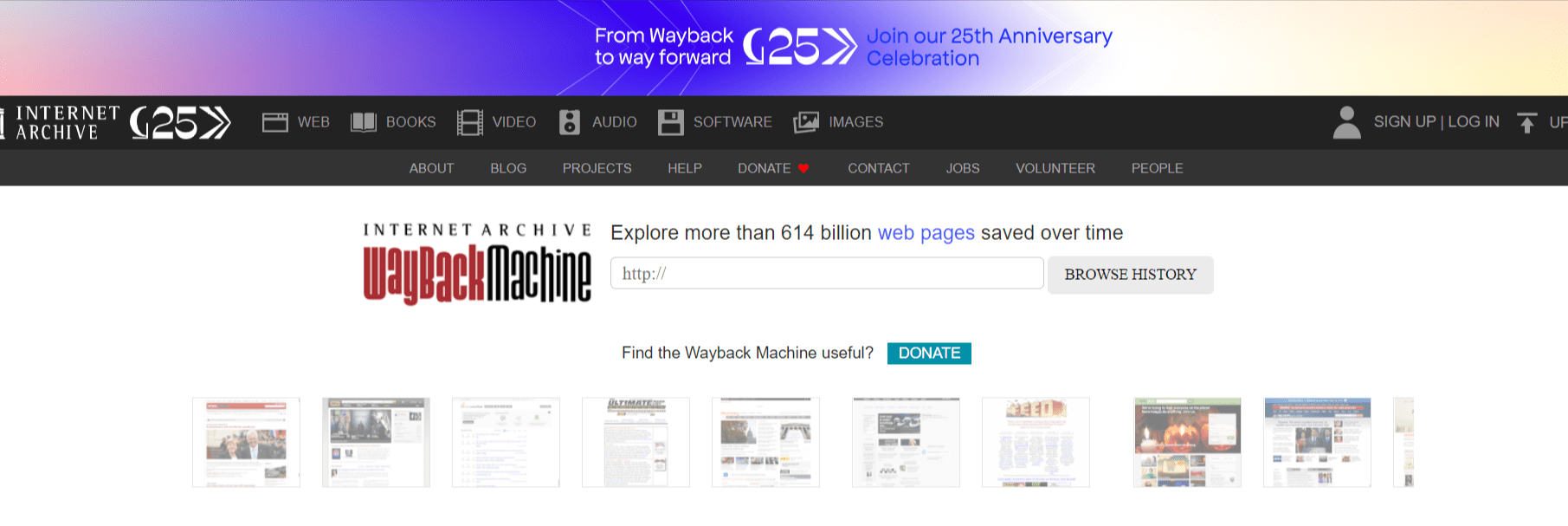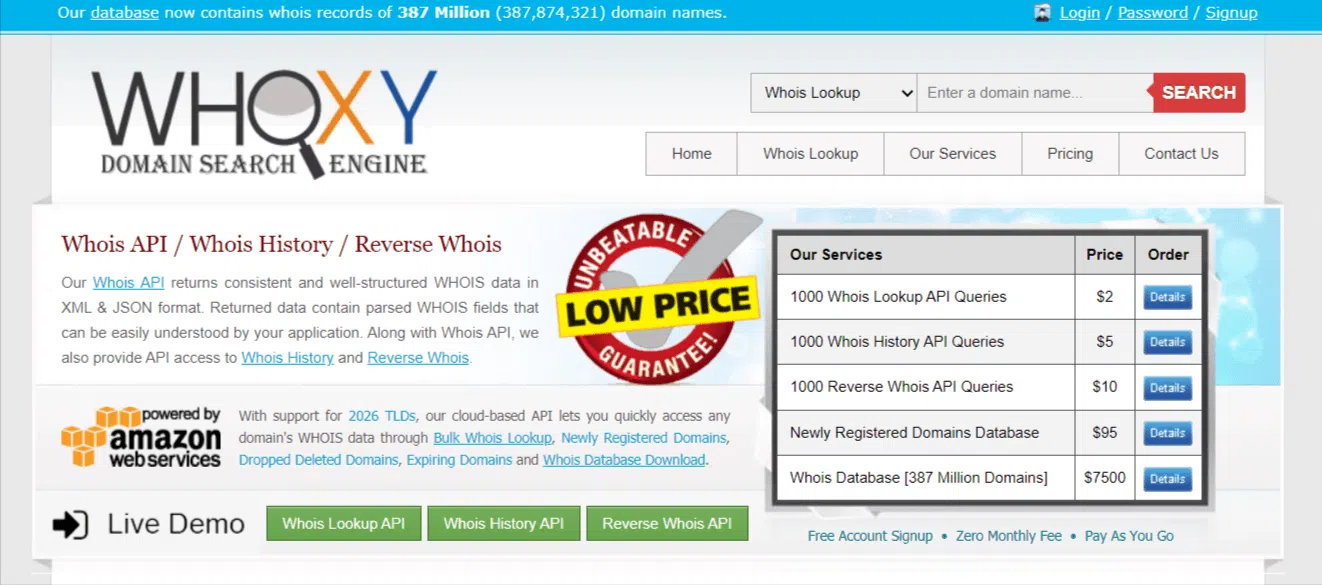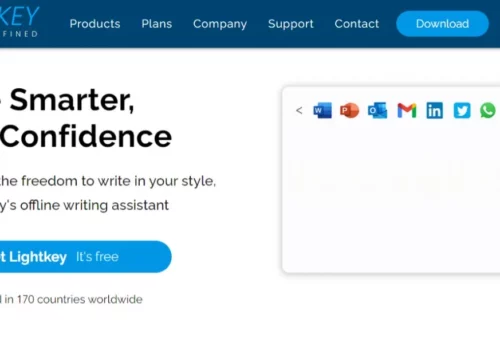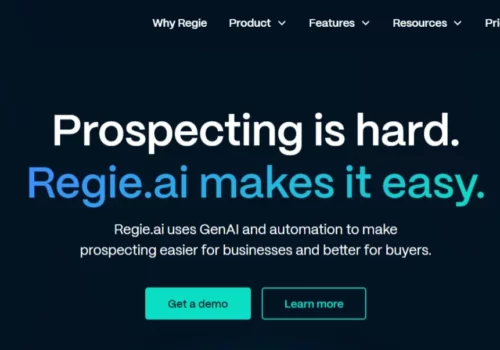5 Best Tools for Verifying the Complete History of Domain Ownership
Okay, so you’ve chosen the domain name for your future business venture and you’ve decided on its name. Everything has been set up and is running smoothly. All that’s left is to register your dream domain name.
The internet leaves easy-to-trace and far-reaching tracks in its path. The domain name you choose may have a background of its own.
It is likely to have a shady past including malicious programming and the theft of personal information. It’s possible that it was passed down from one owner to another before ending up on your plate.
In the internet age, the past is extremely important. As a result, how do you find out if your domain name has a rich history? To avoid being taken by surprise when you receive your new domain name, do your research before hopping on board the flashy boat.
5 best domain ownership history checking tools
In addition, the internet has made it feasible for you to research the history of any domain name before settling on one. So, these are the greatest online resources for tracking down the past of a domain name you are interested in.
1.Domain Tools
Domain Tools charges a fee to use its feature. Domain Tools’ registered premium users can search for historical data on any website in detail using Domain Tools’ search functionality.
For $49.95 a month, you can subscribe to the premium service. It offers a wide range of high-impact statistics, as well as the internet’s largest domain history database, to its users. There is a domain ownership tracking tool that helps users keep track of who owns what domain.
Features:
- Domain Tools is a unique function that allows you to obtain information about name servers and current DNS records.
- The title and other relevant information of the specified URL’s whole ownership history can be tracked.
- Use Domain Tools to find out who owns the domain name you want to register or already have registered.
- Other features include a typo-generator, a Name Server spy, and cross-IP lookups.
- Traceroute and ping are two other DNS tools available on the site.
- Strong search features include a domain for sale and auction search, as well as a domain name lookup.
PROS
- Name servers, hosting data, IP addresses, relevant screenshots, passive DNS data, and whois records are all part of Domain Tools’ products, which have access to over 15 years of data.
- In order to determine whether or not a website is unsafe, you can use the tool to check its risk level.
- Professional members only need to click on the date to access recorded whois history data.
CONS
- Individuals will pay a massive annual fee to join.
3.Wayback Machine
Images of historical site changes can be found via the Wayback Machine at the Internet Archive.
It’s like having a time machine on the internet since it lets you to go back and look at previous versions of a website.
You can go back in time and examine how a site appeared on a particular date. In a nutshell, Wayback Machine is a cookie archiving program that lets you go back in time.
Features:
- Using Wayback Machine, you can find the origin of any domain name. It’s completely free.
- You’ll be able to find out who owns a particular domain.
- Websites established on the internet are archived by the tool.
- You can see what a website looked like in the past. Facebook’s 2010 version, for example, can be seen here.
- To see what the site looked like in the past, go to archive.org, type in the URL, and then choose the year, month, and day from the drop-down menus.
- Over 446 billion online pages can be viewed with this program.
PROS
- Making custom tools is easy with the Wayback Machine API.
- Remove broken links from your blog by using the WordPress Broken Link Checker.
- The 404 Handler for Webmasters is a useful program that aids users in reaching their intended location.
- Archive-subscription It’s service allows you to collect, search, and manage digital content collections without hosting facilities or technical skills.
- You can use the Save Page Now tool to take a snapshot of a web page right now and use it as a credible citation later on.
- The Wayback Machine is open source and free to use.
CONS
- Archiving online pages with Wayback Machine is a risky endeavour.
- Not all web pages are captured, and users have no say in which ones are saved.
- Frequently, HTML is misread, and graphics are omitted, resulting in pages that look clumsy.
5.Whoisrequest
Whoisrequest gives you access to a domain’s past owner and registration information. You may check to see if a particular web address has been previously owned.
It is possible with this tool to search for various domain extensions such as biz.net.info, org.us, and com. from the year 2002 up to the present day.
Features:
- The reverse lookup of IP addresses and nameservers is one of the many features offered by Whoisrequest.
- You’ll also be able to learn the domain owner’s name and contact information.
- Features include reverse IP lookups, whois lookups, and domain history in addition to reverse NS lookups.
PROS
- The design of the Whoisrequest website is straightforward and user-friendly.
- Any IP address can be used to find a domain name using its reverse IP tool.
- Over 155 million domain names are stored in the service’s database, which includes nearly all of the country-code top-level domains (ccTLDs).
- Filters can be applied based on the TLD as well. View.DE domains, for example, to perform a specific reverse IP query.
- You can use the reverse nameserver lookup tool to find all domains utilising, for example, google.com nameservers by using the reverse nameserver lookup tool.
CONS
Comparatively, companies such as Wayback Machine and Whoxy offer much more features.
Conclusion: Best Tools To Check Domain Ownership History
Finally, let’s see which service is most suited to which type of user:
As a result, Domain Tools should only be purchased by those who can afford it.
Who.is is ideal for individuals looking to secure new top-level domains (TLDs) before their competitors do.
Whoxy is a good option for anyone on a tight budget who want comprehensive domain search services.
Wayback Machine is a good choice for people who want to see how a website has evolved through time.
Whoisrequest is designed for people who want to find out who owns a particular domain name and how to contact them.
Choose a service based on your needs and your budget.


